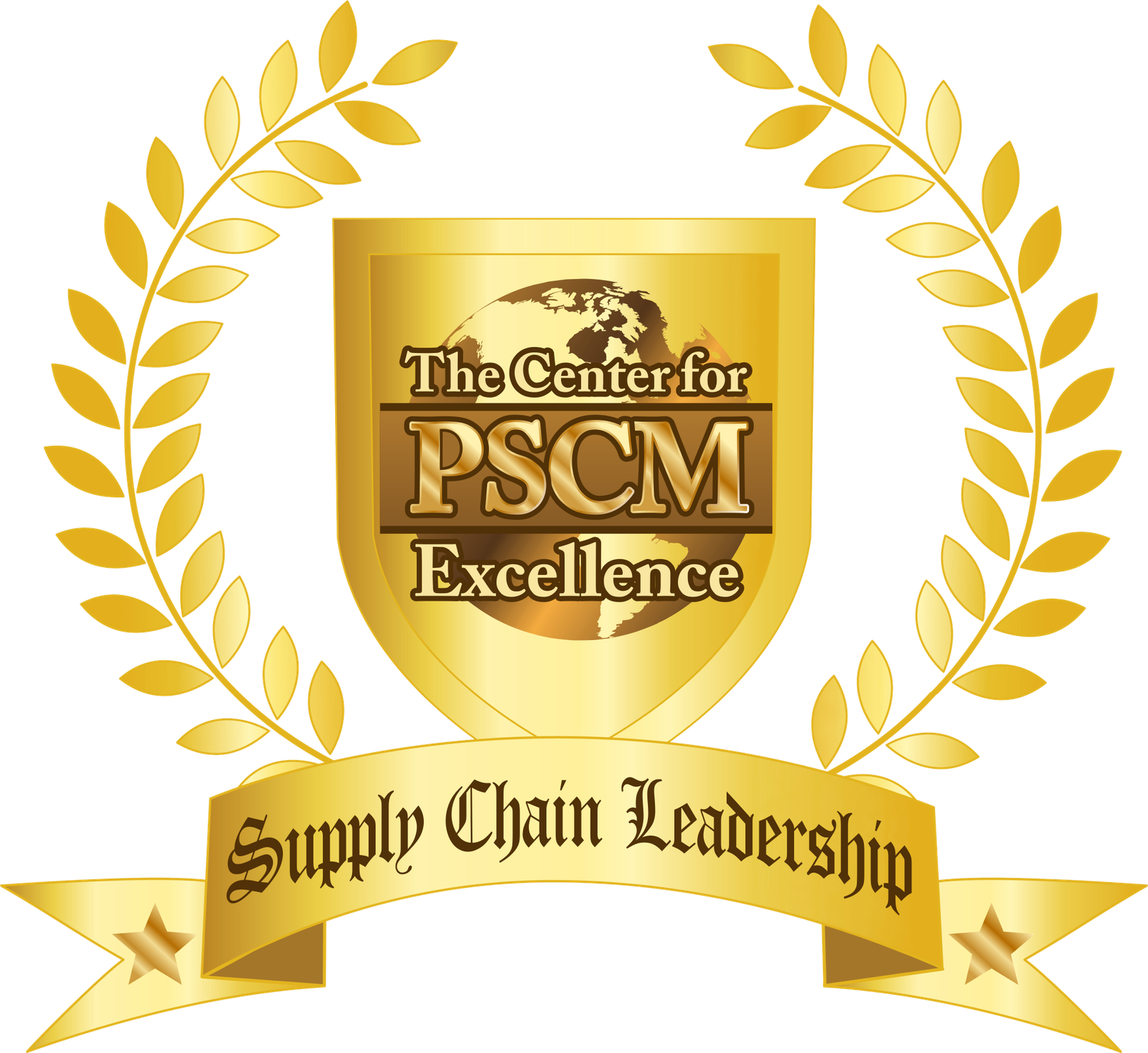
It’s interesting that there is this assumption that suppliers are entitled to determine who it is that you negotiate with on their side.
Sure, there is the exception that procurement may insist on a certain level of employee that is sufficiently authorized.
So instead of the Regional Director of Sales, perhaps the Western Region Sales VP or higher is insisted upon.
But this begs the question, why is it that suppliers always send someone in the sales chain to negotiate with procurement anyways?
And if not salespeople, then it’s “Business Development Managers” or “Account Managers” or the like, whose job responsibilities are suspiciously similar to that of sales employees.
In fact, they are sales employees.
But back to the question, why is it always salespeople that suppliers send our way for negotiations?
The answer is: because that’s what’s most profitable for the supplier to do. They send someone who understands the limits on price and profitability.
The next question is, why is procurement ok with this?
You may be wondering “why shouldn’t we be ok with it?”.
The reason you shouldn’t be ok with it is it’s one of the biggest mistakes our entire profession is making.
What’s the mistake? I want to scream this from rooftops: ***You are negotiating with someone who is authorized to negotiate price, but not authorized or equipped to negotiate cost.***
You’ll never get real savings with them, because all you are negotiating is profit margin, which is only a tiny part of the overall cost picture.
My organization has determined through our research and practice that on average, 18% cost savings opportunity exist in the cost streamlining of end user demand.
Meaning, end users don’t know how to develop their demand (Specs/SOWs) in a cost-effective fashion.
In order to unearth these savings, there are many internal steps that need to be taken, which I won’t get into in this blog. But I will get into external steps.
You need to be receiving not a lump sum quote, but a line item quote, with all cost categories broken out, arranged from most to least expensive. Make the supplier do that.
Then, for the biggest cost categories, you want someone in the negotiation room from the supplier who is responsible for that.
If a particular raw material is driving the cost, you want the supplier engineer who is responsible for that aspect of the design. Maybe they can offer alternative specs or materials.
If shipping is a big cost driver, you want someone from logistics.
If a custom component is a driver, you want your own internal design engineer and their manufacturing engineers in the room. Maybe there’s a way to shift from custom to standard components.
And so on.
I already know you’re not getting 18% cost savings on average in hammering suppliers for a better price, so stop limiting yourself to low return strategies.
CPOs, you need to be instilling this in your organizations. That’s how the procurement function can become a source of enterprise advantage.
Now go off and do something wonderful.
Be your best!
— Omid G. “THE Godfather of Negotiation Planning” ~ Intel Corp
www.PSCMinstitute.com
P.S. Dozens of the Fortune 500 have collaborated with us to elevate procurement department capability with strategies like this, helping them shift from cost center status to driving advanced procurement and negotiation strategies that have them recognized as a Value Added Center of Profit. Contact our office at Support@PurchasingAdvantage.com to set up a 1/2 hour discussion with one of our client advocates to find out more.


